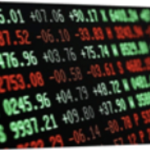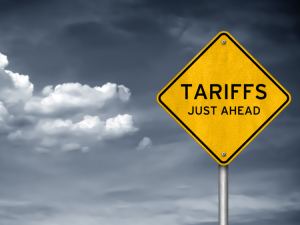
What copper's scrap crisis signals for aluminum
We’re already seeing similar themes on the aluminum side: export bottlenecks, tariff fallout, domestic oversupply, and pricing dislocation.

We’re already seeing similar themes on the aluminum side: export bottlenecks, tariff fallout, domestic oversupply, and pricing dislocation.

What Tianshan’s latest expansion tells us about China’s unique playbook for cheap smelter builds.

When calculating replacement cost, let’s be clear. The process tells us what a given commodity “ought to be worth”, not what it will subsequently trade at.

This is the new aluminum market: policy-led, premium-driven, and full of uncertainty. If you're not actively watching the signals, you're likely reacting to moves after they've already happened.

From shifting demand to runaway premiums, the aluminum market isn't following the script.

Premiums are spiking, tariffs are biting, and buyers are scrambling. This isn't normal, it's aluminum in chaos.

Looking at short line and regional movements as an indirect barometer of what's happening in aluminum rail movements.

Downstream players are left guessing which market signals are real and which are being quietly managed behind the scenes.

With new tariffs hitting hard, FTZs could be the pressure valve for downstream buyers who know how to play the game.

We are no closer to breaking the bottleneck of stranded generation seeking connection to the grid.